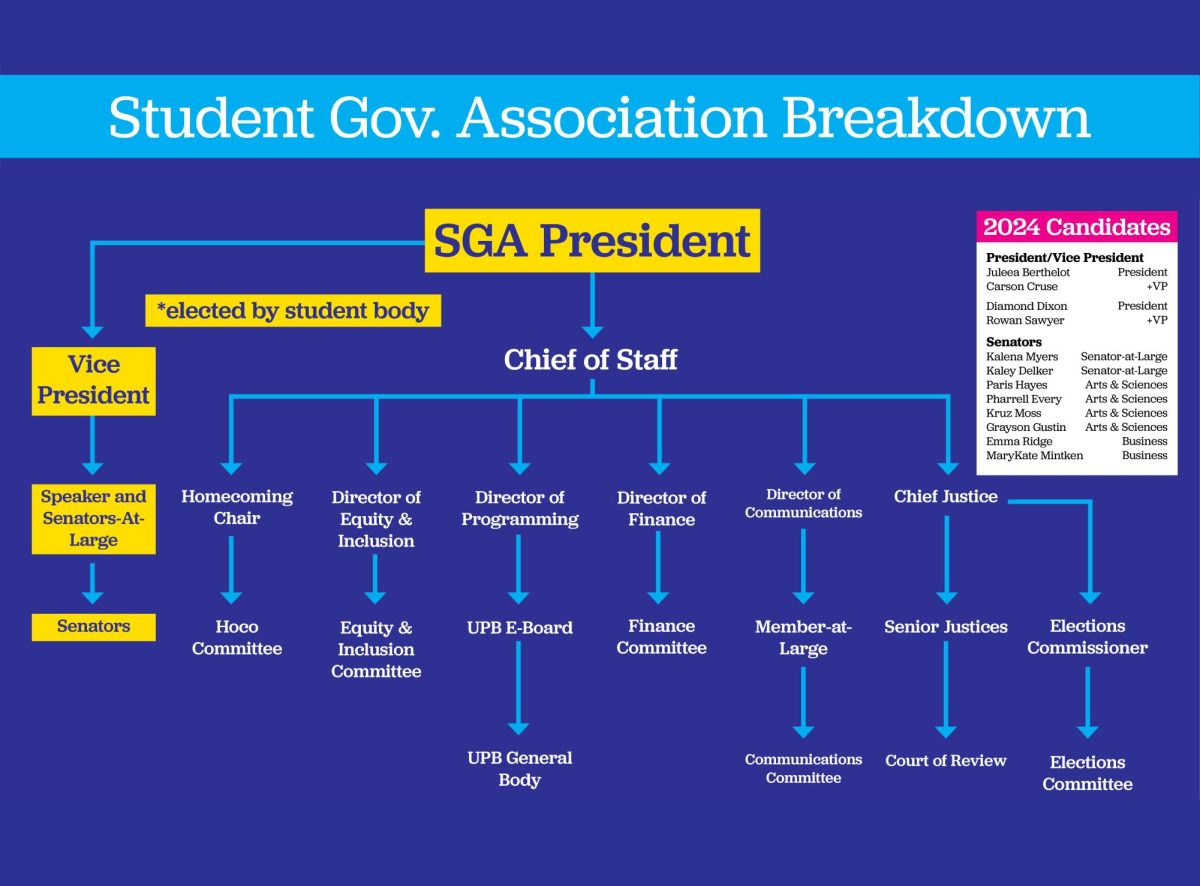When the Wolfpack athletic department discontinued its women’s soccer program last week, some suspected the university violated gender discrimination laws because it didn’t cancel a men’s program also.
But because athletic director Dr. Michael Giorlando has announced his plans to launch another women’s athletic program by 2010, the department remains compliant with Title IX – a 35-year-old law designed to create parity for both genders in athletic opporunity and overall quality of experience.
“To start a new program today would mean we didn’t have to cut soccer,” Giorlando said. “Facilities had been affected because of Hurricane Katrina and our ability to recruit women to play soccer was drastically reduced. But we want to bring back a women’s program.”
It’s a common misconception that Title IX, which applies to any activity associated with a university receiving federal money, carries a quota system. That is, if one sex’s program is cut at Loyola (which receives federal money through Pell Grants, for example), the other sex must forfeit a program to avoid breaking federal law.
According to David Sadker, a professor at American University at Washington D.C. who built a national reputation for his work in confronting gender bias and sexual harassment, Title IX offers institutions three options to demonstrate fairness in athletic opportunities – none of which is a quota system.
Giorlando’s plans to launch either a women’s swimming, tennis or golf team demonstrates “a history and continuing practice of expanding opportunities for the under-represented sex,” one of the options an institution has in demonstrating compliance with Title IX. In this case, women are the under-represented sex because of their forfeiting the soccer program.
Additionally, according to Sadker, “It is a school’s choice to cut men’s programs in an effort to comply with the law or to meet budget constraints.” It’s not, however, the law itself.
The law also stipulates that a proportionate number of scholarships be doled out to both genders – if a program’s participants are 70 percent women, the program should reward 70 percent of its athletic scholarships to women. It also provides for equal treatment to athletes of both genders in areas such as coaching, facilities and game/practice time.
In these respects, Wolfpack athletics satisfies Title IX’s mandates.
An institution not in compliance with Title IX risks losing its federal funds, Sadker says on his Web site, which is hosted by American University and was last updated in March 2007. No school has actually lost federal money as a result of violating Title IX, although those sued for accused violations have ended up paying substantial damages and attorney fees in cases brought to court and then settled out of it.
Earlier this month, Pittsburgh’s Slippery Rock University settled on setting aside $300,000 over three years on women’s sports after a dozen of its women’s water polo and women’s swimming athletes sued the school on the grounds of a Title IX violation.
Slippery Rock had cut eight sports in all to save $350,000, but instead of battling its case in the courtrooms, it opted for a settlement.
RACKETS, GOGGLES OR CLUBS MIGHT REPLACE SHINGUARDS
Of the three sports Giorlando is hoping to launch by 2010, swimming is the one that makes the most logistical sense.
The campus’ Recreational and Sports Complex houses an Olympic-sized swimming pool with bleachers from the basketball season readily available to provide seating.
But Loyola, which competes in the NAIA’s Gulf Coast Athletic Conference, would be the only conference member with a swimming program.
“While we could compete for regional and national considerations, we couldn’t compete for a conference title and we have to consider that,” Giorlando said.
Both women’s tennis and women’s golf team would force Wolfpack athletics to arrange for off-campus facilities, as the baseball team does with Segnette Field on the Westbank.
Giorlando is in talks with the University of New Orleans and with City Park for possible arrangements involving their tennis facilities, while he is also examining possibilities with various golf courses throughout the Metro area.
But although the Wolfpack would compete off campus, its golf or tennis team would enter a GCAC league with a slate of five opponents right out the gates.
“Belhaven, Mobile, Spring Hill, William Carey, Tougaloo and (cross-town rival) Xavier all have tennis teams, golf teams, or both,” Giorlando said.
Ramon Vargas can be reached at [email protected].













